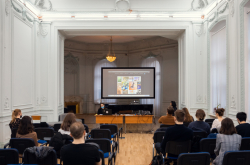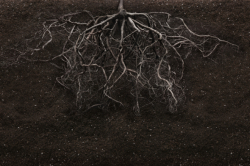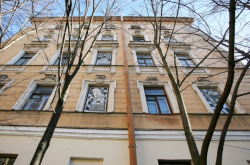ITMO’s staff members Galina Zhirkova, the head of the center, and Daria Martynova, her assistant, became part of the conference’s organizational committee. The event’s main organizer is the Russian Academy of Arts in St. Petersburg; among the others are St. Petersburg State University, Russian State University for the Humanities, and St. Petersburg Electrotechnical University.
The conference originated from the Annual Scientific Conference in Memory of Mikhail Dobropoklonsky, an art expert, professor, and head of the Department of Foreign Art of the Russian Academy of Arts. The conference has been taking place annually since 2008. In 2019, it became part of the International Cultural Forum and now brings together Russia’s leading scientific and art institutions, acting as a platform for discussions and international experience exchange.
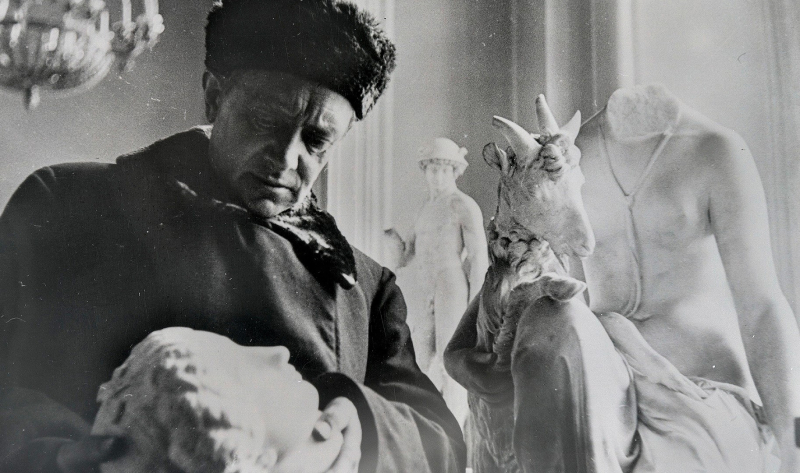
Mikhail Dobropoklonsky. Credit: waralbum.ru
This year, the conference’s topic will be Art and Science. The organizers stress that today, artistic techniques and research in the field can’t exist in isolation from the latest scientific achievements and the rapidly developing technologies:
“We based our event’s concept on the pursuit of the development of interdisciplinary approaches to art, reenvisioning of classical topics with the help of new means, and research of issues associated with cultural heritage protection, modern digital tools and their application, and so on. We are very pleased that leading Russian universities like ITMO, St. Petersburg State University, Russian State University for the Humanities, and St. Petersburg Electrotechnical University got interested and agreed to collaborate with us for this event. This underlines the relevance of our topic,” comments Elena Kalimova, an associate professor of the Department of Foreign Art of the Russian Academy of Arts.
Sections of the conference cover all modern aspects of art and science: Interaction of art and science, The influence of scientific discoveries on visual arts, Visual media in interdisciplinary research, Internet art: means and technologies, Bioart: between ethics and aesthetics, and others.
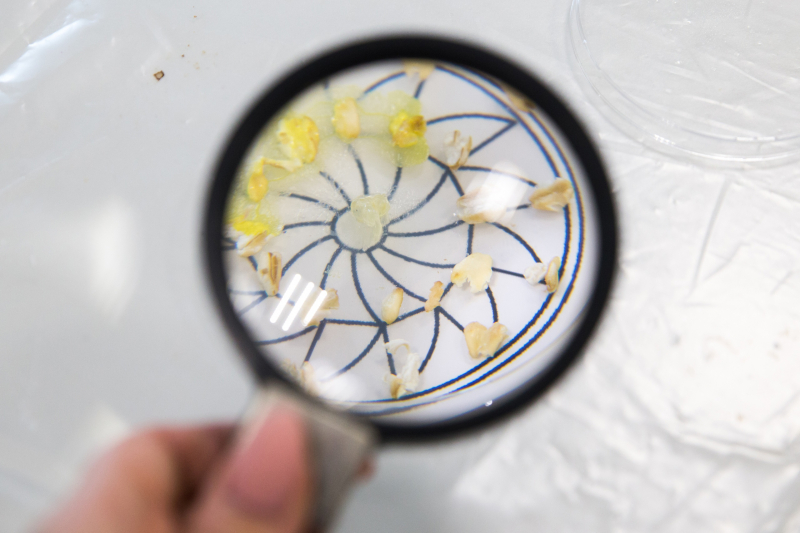
Bioart at ITMO University
For example, the section The influence of scientific discoveries on visual arts will expand on the subject of how technological and mathematical breakthroughs made their way into art, from the Renaissance and the Age of Discovery to the present times.
“At the Faculty of Art History of the Russian State University for the Humanities, we teach the course Description and Analysis, that focuses on the topic of exact sciences and the connection between art and mathematics. For one, we explain how mathematical instruments were and are used in creating art pieces, and how these connections work with regard to the interdisciplinary approach. Like how geometry and precise equipment are used to create an illusion of a 3D plane.
On the whole, you can’t separate art from science. The fundamentals of realistic art that stem from Renaissance art and the tools developed at that time are still relevant. Mathematics is taught at every art school. Among other important subjects there are those like the chemistry of colorants and physics of processes – those are really important for artists. These are things that you can’t create an art piece without,” explains Elina Shvets, an associate professor at the Russian State University for the Humanities and one of the conference’s participants.
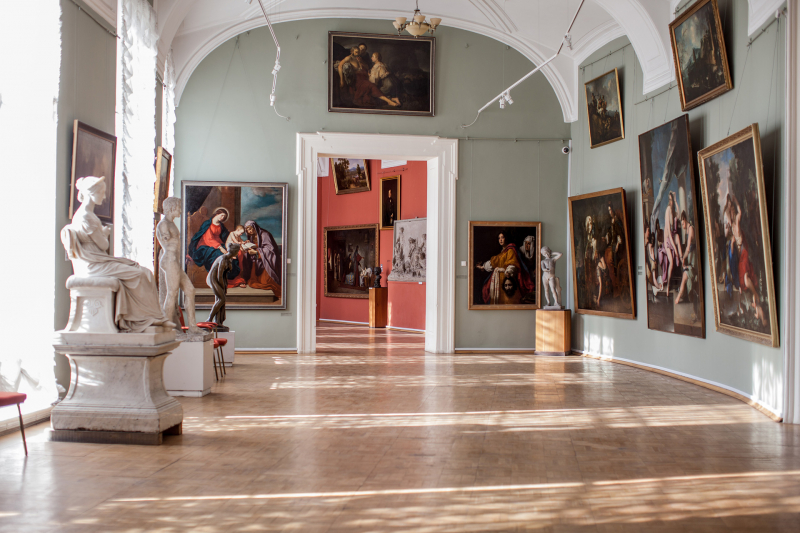
Museum of the Russain Academy of Arts. Credit: artsacademymuseum.org
What’s more, a series of special discussions will also be organized for young scientists, PhD and Master’s students.
“Our students are always eager to participate in the conference, so we organize special round-table discussions for them. We want to involve many participants with unconventional topics, but we also aim to become part of the contemporary art community. This is why we deem it so important to hold this conference and attract public attention,” concludes Elena Kalimova.
The application deadline for the conference is August 15.



